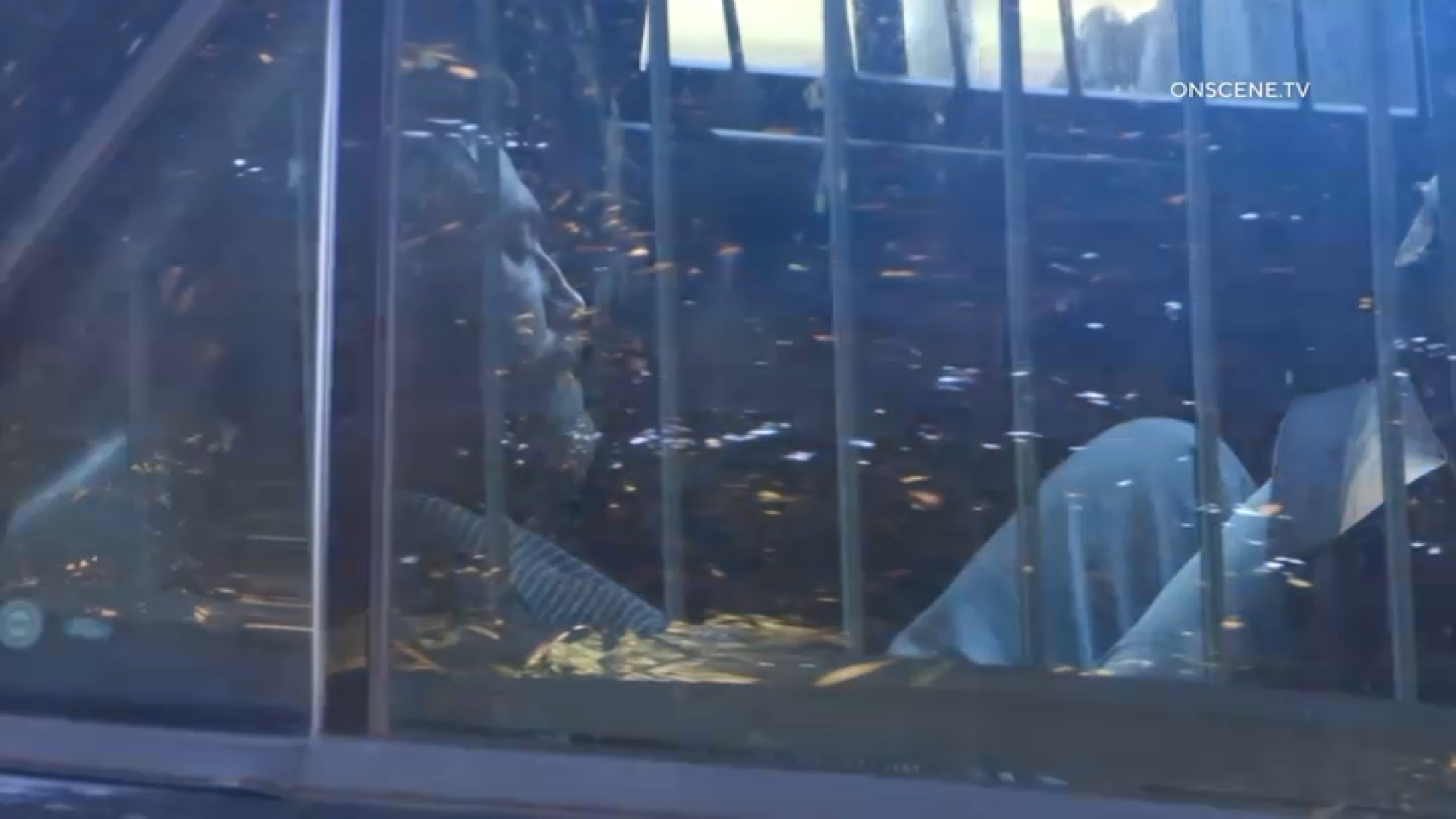San Diegans know living at the beach comes with the occasional challenge. Partiers and difficulty parking are often the big two, but not eveyrone talks about the other one.
The smell.
If you've lived in La Jolla, PB, Carlsbad, just about anywhere up and down the coast, you know that low tide can create some olfactory challenges.
This week, though, has been different. You don't have to be at the beach. You can drive down Interstate 5 and smell it, you can smell it in downtown San Diego -- and, in some cases, you can catch a whiff considerably farther inland.
There's some good news, though.
"The end is near!" Dr. Michael Latz of the Scripps Institution of Oceanography at UC San Diego posted on the institution's website this week.
The odor is caused by a large red tide that was first observed at a mooring off the Scripps Pier on March 25, eventually becoming visible from the shore as reddish-brown water on April 4.
For much of that time, the red tide has been getting great press due to the electrifying blue bioluminescence visible at night up and down the county. Latz said on the site that this bloom is massive, spanning from Los Angeles all the way to Baja California.
"For reasons we still do not understand, [organisms that create the red tide] become very abundant and during the day it discolors the water; hence the term red tide," Latz said. "The organisms are bioluminescent, so at night we get these spectacular displays."
Local
This week, however, the dinoflagellate Lingulodinium polyedra, which is a form of plankton, is "breaking down" and creates that sulferous odor and foam, "indicating the breakdown of protein and other organic material," Latz wrote in an update on the institution site yesterday. Adding insult to injury, "the breakdown of the red tide by microbes results in low oxygen conditions" that contribute to fish kills at lagoons, harbors and some beaches, adding to the odor's strength.
22 of the Funniest NBC 7 Facebook Reactions to That Terrible Smell
"This one is very stinky," Latz said. "I live a mile-and-a-half away from the ocean; I'm smelling it here. That's a pretty strong odor. For the flow-through aquariums [at the institution], it's been a challenge to maintain water quality because the organisms get past the filter."
While the ocean temperatures spiked this week -- up to 73 degrees at Scripps Pier on Tuesday -- that has little to do with the red tide, according to Latz.
"I noticed [the temperature] was up yesterday … it probably means there's an eddy coming through...," Latz said. "We've had temperature variations during the time but the red tide has been here for a month. It started before the big rainfall event [in April] and survived that, which I did not expect."
Red tides in local waters are not common, nor are they rare. The last one off of San Diego's coast that was of a similar size was back in 1995 during the America's Cup yacht races.
"Scripps scientists have been monitoring the abundance of this organism since 1900," Latz said, pointing out that there had been red tides in 2011, 2013, 2018 and last year.



